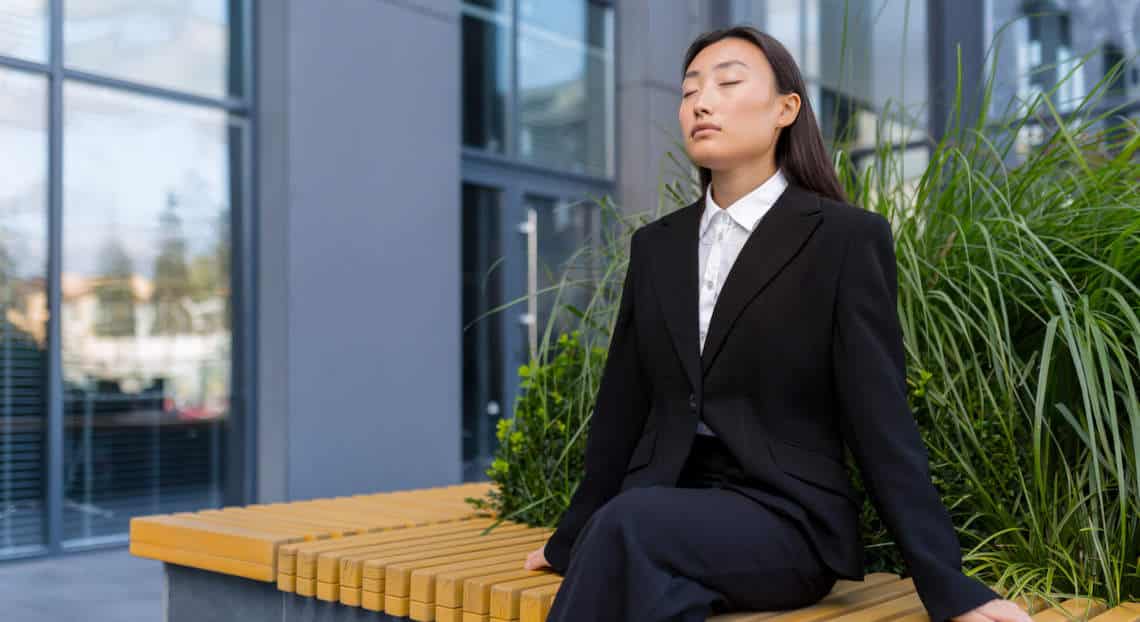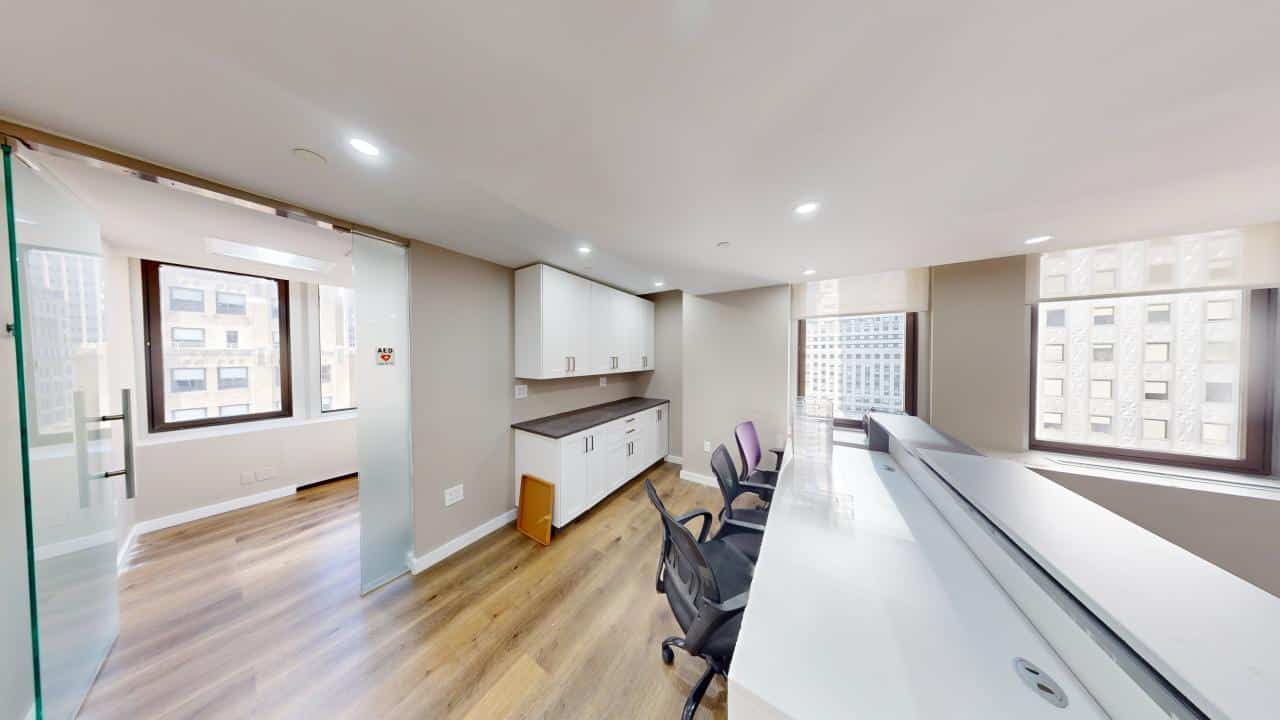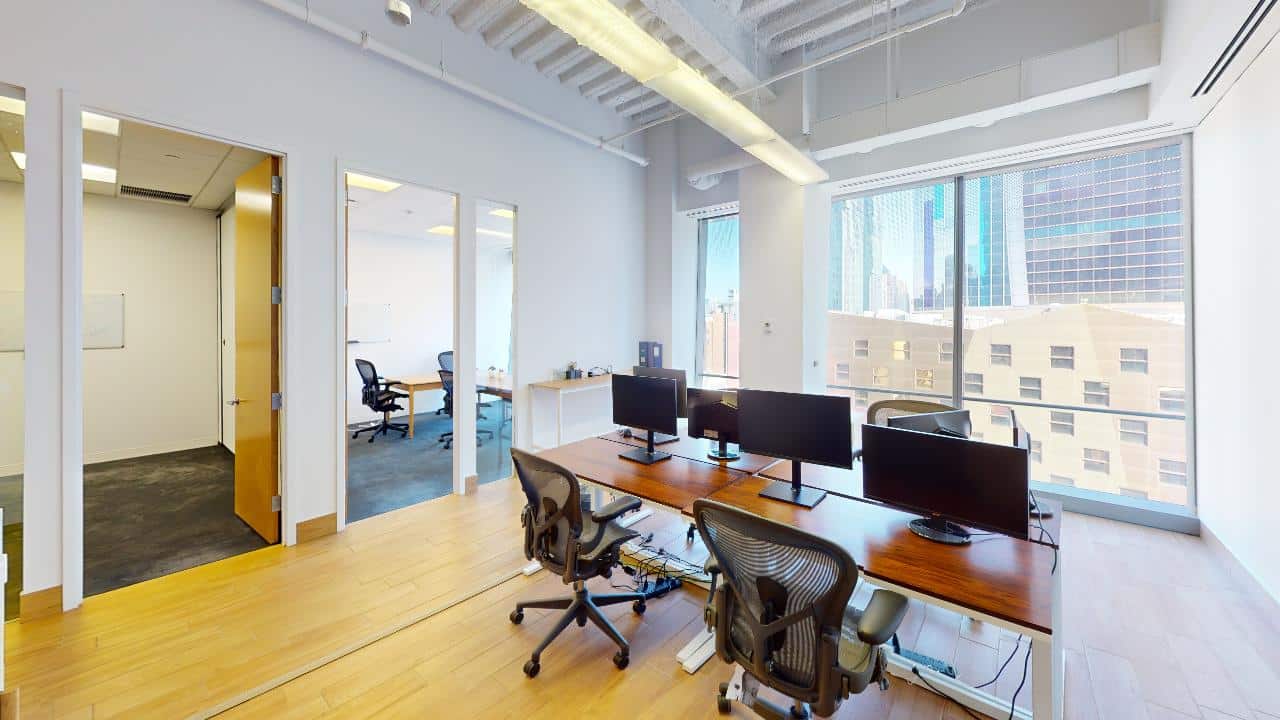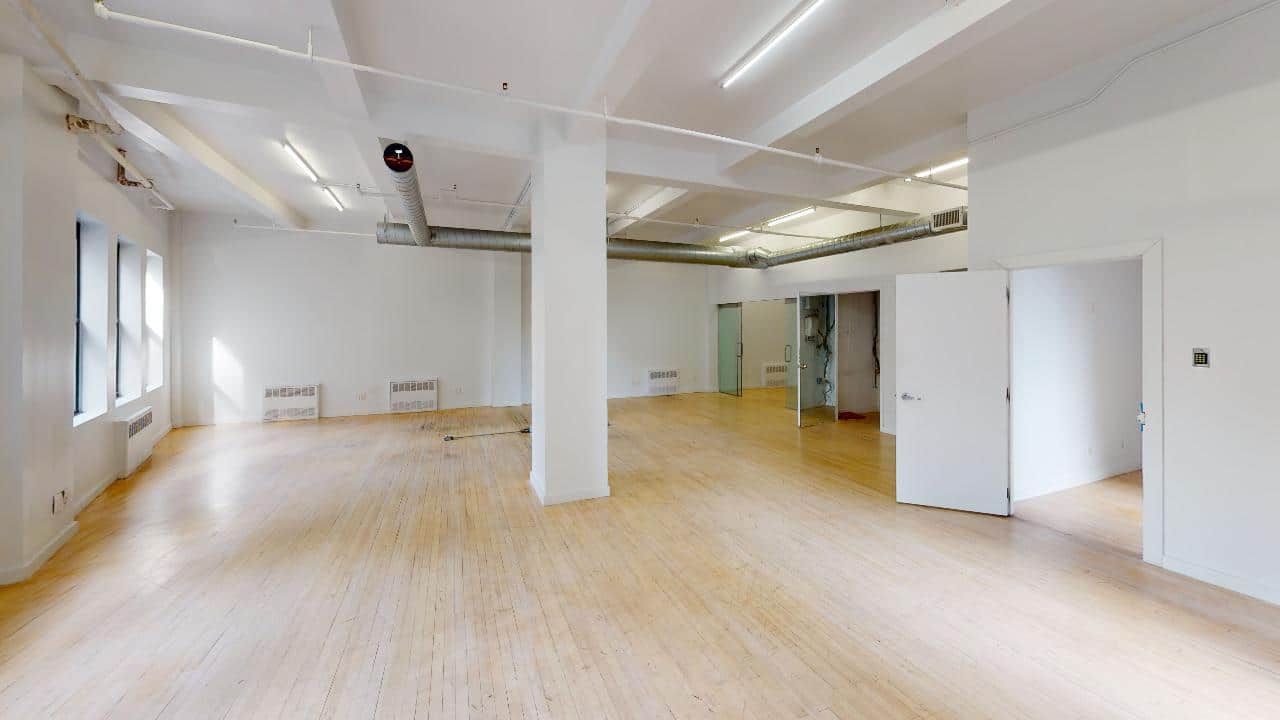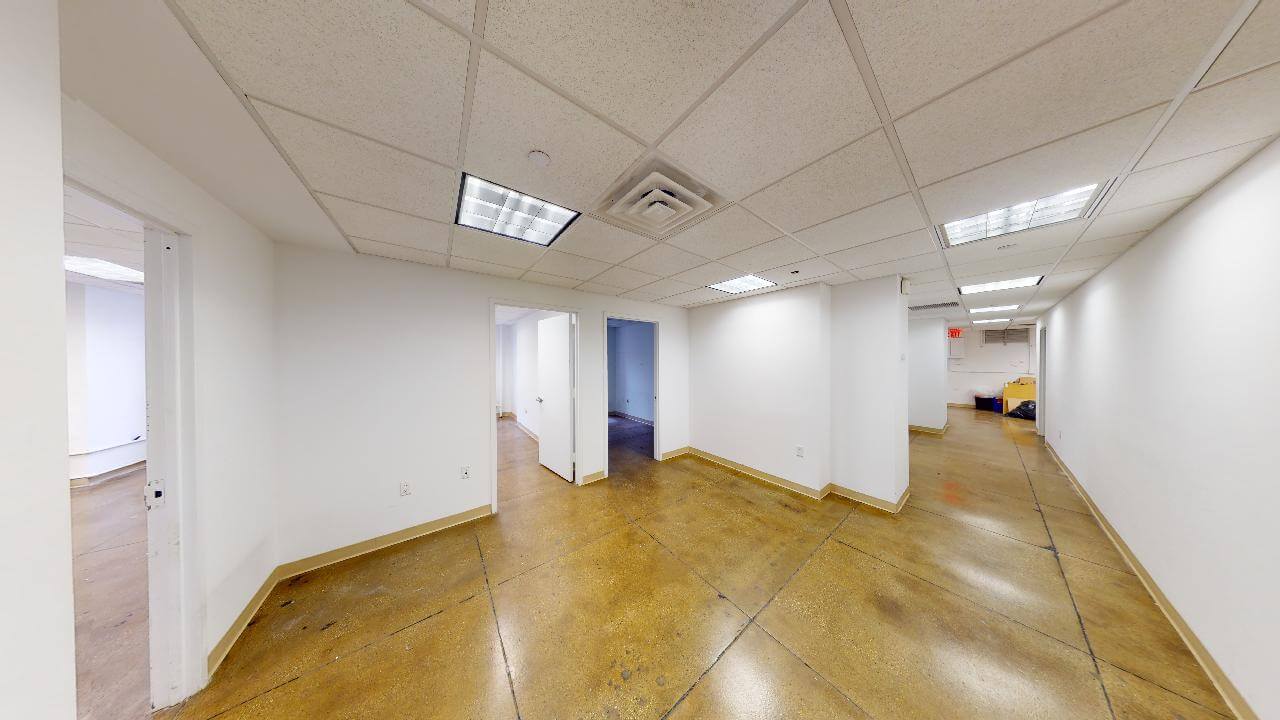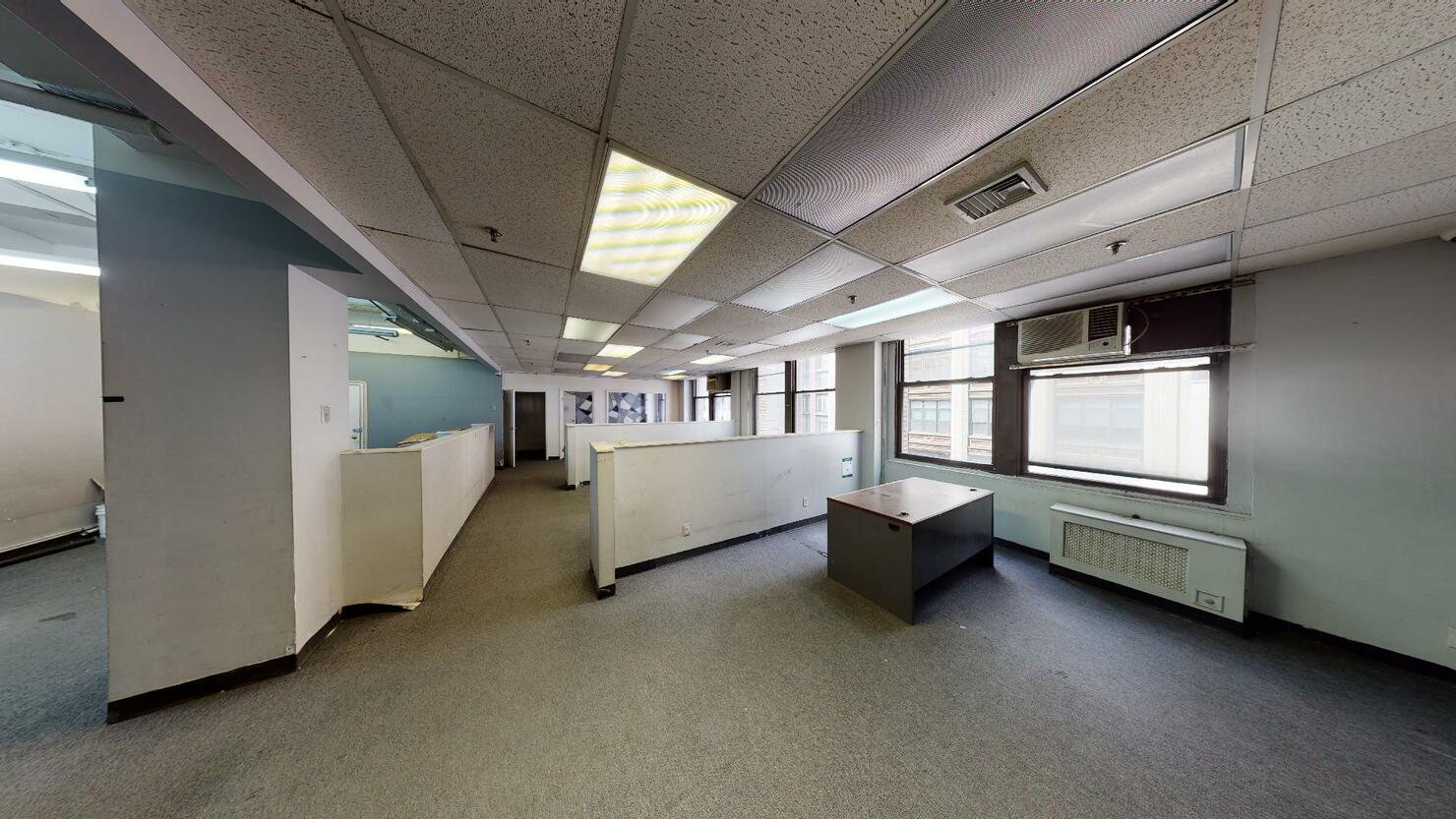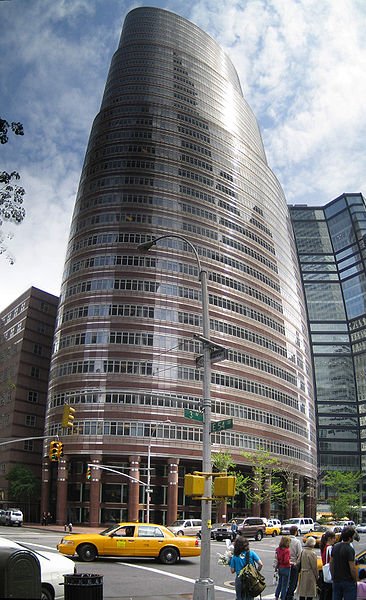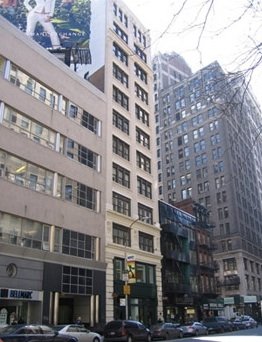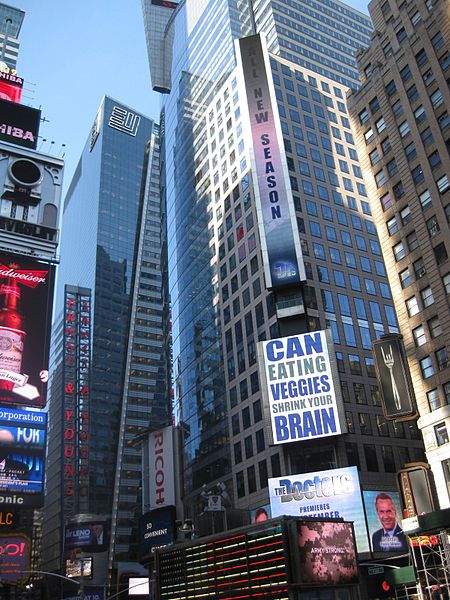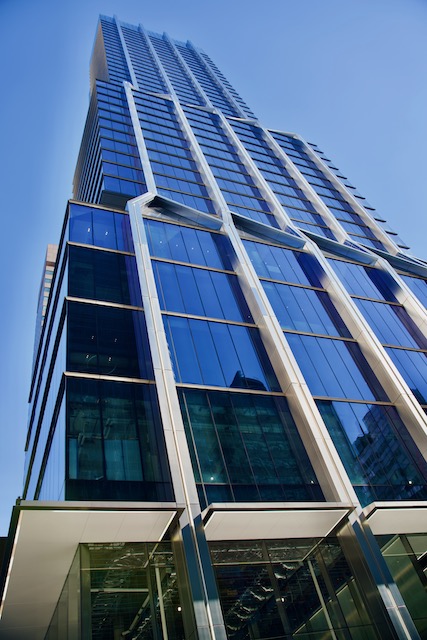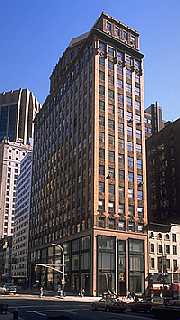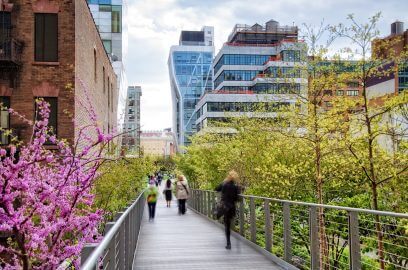The Covid-19 pandemic immediately changed how people work. Most employers had no choice but to adjust and embrace hybrid and remote work models quickly. As workers trickle back into offices after long periods of remote work, many employers face the daunting task of enticing them back to the office. One solution gaining popularity is utilizing outdoor space.
However, it’s not just employers looking to lure workers back to the office. Landlords could utilize outdoor space as well. After all, they continue facing challenges like retaining and attracting tenants, lowering asking rents, and finding ways to repurpose their office space.
What Will It Take To Bring Employees Back to the Office?
Recent commitments from Amazon, Facebook, and Google offer a glimmer of hope for Manhattan office space. It not only shows that big tech companies are betting big on NYC office buildings. It also signals that employees will ultimately trickle back into the office, and things will return to normal.
However, as more and more companies offer remote work, convincing people to work in person becomes more challenging. Amenities like game rooms, free coffee, and casual Fridays no longer cut it. Employees need amenities that prioritize their health and wellness over everything.
Thus, landlords must find ways to integrate those demands into their commercial buildings.
Access to fresh air and outdoor space is the most sought-after office amenity in the post-pandemic world. However, it was a trend already in place years ago. According to an October 2019 CBRE survey, 79% of new buildings completed since 2010 featured some form of outdoor space. Moreover, at the time of the study, 9 out of 10 Manhattan buildings under construction incorporated outdoor space.
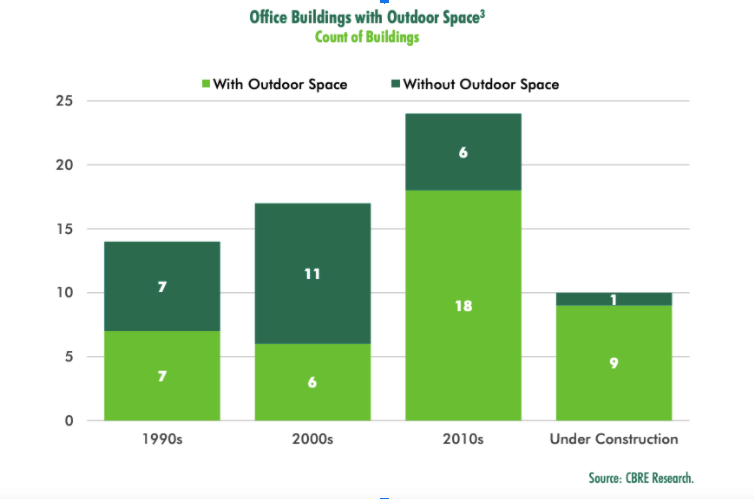
Fast forward to 2021, and access to outdoor space and air quality are the top priorities for tenants and landlords alike. Joanna Frank, president of the Center for Active Design, told the New York Times that connecting the office to nature has gone from “being a nice-to-have to being a risk if you don’t do it.”
So, how are developers doing it?
Incorporating Outdoor Space in Manhattan’s Office Buildings
Nearly every new commercial office project in Manhattan includes balconies, terraces, and rooftop gardens.
For instance, Brookfield Properties’ One Manhattan West complex will include outdoor spaces like a skating rink.
Vornado Realty Trust’s 512 W 22 St property in Chelsea offers 16,920 square feet of terraces and a rooftop garden.
Related Companies’ boutique 300 Lafayette Street property has terraces on four out of six floors. The terraces actually helped lure Microsoft as the anchor tenant.
Hudson Commons at 441 Ninth Avenue includes 14 terraces, balconies, and a 12,000-square-foot, wrap-around terrace.
The office tower at 55 Hudson Yards features two large terraces, while 3 World Trade Center also includes an 11,000-square-foot outdoor terrace.
Tishman Speyer’s The Spiral will incorporate outdoor gardens on each floor that ‘spiral’ around the building. That adds up to 65 terraces, one for each floor of the 1,005-foot tower.
The list goes on and on.
However, what about existing office buildings? Are landlords adding outdoor space here too?
The answer is a resounding yes, and the list is also extensive.
The Tribeca Investment Group is activating an inner courtyard and two wrap-around terraces at 295 Fifth Avenue, a century-old property.
KPF worked with Brookfield Properties to modernize 660 Fifth Avenue and used the building’s setbacks to create terraces on three sides, including one facing Fifth Avenue.
Vornado’s redevelopment of the James A. Farley Building, now occupied by Facebook, will add 70,000 square feet of outdoor landscaped park space on the building’s fifth floor.
399 Park Avenue in Midtown will reposition setbacks into terraces.
At the same time, 1271 Avenue of the Americas recently upgraded its 8th-floor terrace, landing high-profile tenants like Major League Baseball in the process.
Adding Outdoor Space to Office Buildings Is a Win-Win
Numerous studies prove that accessing outdoor space can substantially benefit office workers.
One Harvard University study simulated indoor environmental conditions in ‘green’ and ‘conventional’ office buildings. The results found that cognitive scores were 61% higher when people worked in a green office building for the day.
Regular breaks outside can boost productivity, performance, and creativity. They also can lead to higher employee satisfaction and well-being.
In the context of the pandemic, accessing outdoor balconies or terraces where people can safely unwind and have lunch becomes an invaluable amenity.
However, the benefits aren’t just for office tenants; incorporating outdoor spaces also brings advantages for landlords.
Paul J. Amrich, a vice chairman with CBRE, told the New York Times in 2019 that landlords could charge 10% to 15% more for Manhattan properties that include access to outdoor space. According to Amrich, landlords can’t charge per square foot for terraces or rooftops. But such amenities allow them to set higher asking rents.
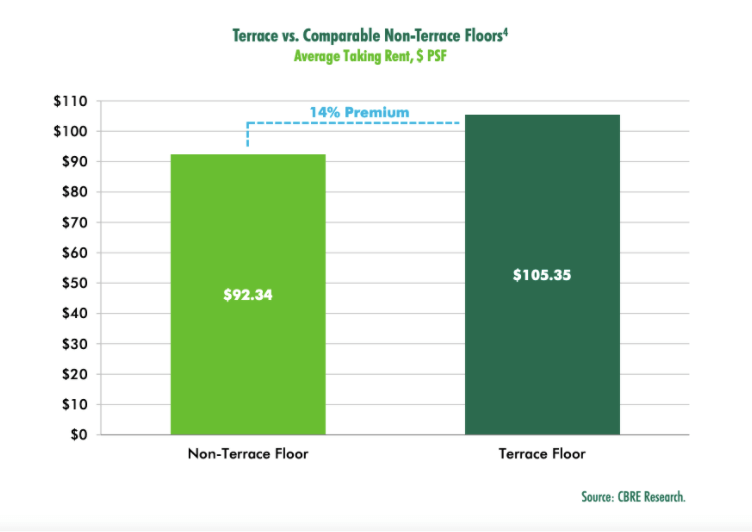
Furthermore, CBRE’s 2019 study showed that average rents at office buildings featuring terrace floors were 14% higher than those in non-terraced buildings. A recent MIT study corroborated this and found that in the same market, ‘healthy’ building rents are between 4.4% and 7.7% higher per square foot than conventional buildings. The study further concludes that “healthy buildings” correlate with employee or tenant well-being and productivity.
The Key Takeaway
The Covid-19 pandemic forever altered the way we work and live our lives. Workers looking for a better work-life balance have benefitted. However, it’s made life more difficult for employers and landlords looking for ways to entice workers back to the office.
With access to fresh air and outdoor space, the most sought-after post-pandemic office amenity, many landlords and developers are incorporating balconies, terraces, and rooftop gardens in new office buildings. Others leave no stone unturned to retrofit existing buildings to meet the demand.
Putting a priority behind outdoor space is a win-win for commercial tenants and landlords. Tenants can have better health and wellness from the fresh air. At the same time, landlords can charge higher rents for outdoor space and “healthy” buildings.
As the trend of incorporating outdoor spaces in office buildings continues, the secret’s out of the benefits. Hence, it will likely become a standard feature in modern office buildings for years to come.
